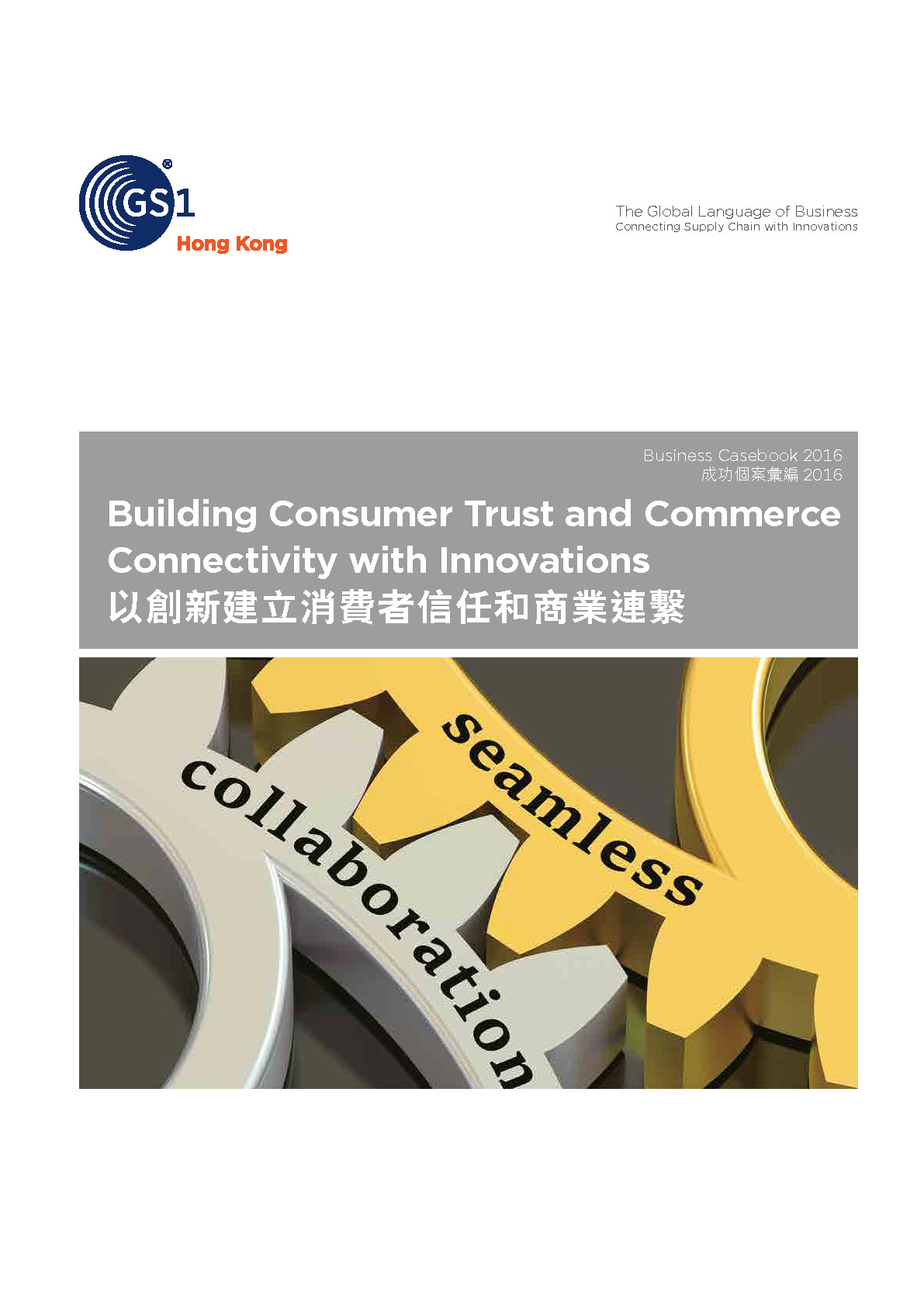
APEC GDS Pilots 2015
Supply Chain Connectivity - Cornerstone to APEC’s Trade Facilitation
Project Overview
APEC (Asia Pacific Economic Cooperation) is looking to reduce transaction costs in trade facilitation and expand its work to cover other associated transport, communication and related constraints behind the border costs.
The APEC Supply-Chain Connectivity Framework reinforces the need for approaching supply chain connectivity and simplifying trade facilitation across APEC. In this context, improving trade logistics through enhanced supply chain connectivity has emerged as a significant factor contributing towards increased trade facilitation.
The Supply Chain Connectivity Framework has identified a number of chokepoints impeding the smooth flow of goods throughout the APEC region. It is anticipated that widespread use of Global Data Standard (GDS) in various supply chains in the APEC region will help overcome variations in cross-border standards and regulations for movement of goods.
Challenge
Prior to the adoption of GDS, there was limited visibility in cross-border shipments and translocations with the following challenges:
- A lack of transparency and awareness of regulatory issues related to logistics, coupled with a lack of awareness and coordination among government agencies on related policies, as well as an absence of single contact point or champion agency on logistics matter
- Inefficient clearance of goods at customs and a lack of coordination among border agencies
- Cumbersome customs documentation and procedures including those for preferential trade
- Variations in cross-border standards and regulations for the movement of goods, services and business travellers
- A lack of regional cross-border customs-transit arrangements
GS1 Standards used
- Global Location Number (GLN)
- Global Trade Item Number (GTIN)
- Serial Shipping Container Code (SSCC)
- Global Individual Asset Identifier (GIAI)
- Global Shipment Identification Number (GSIN)
- Electronic Product Code Information Services (EPCIS)
Solution(s)/Service(s) applied
- ezTRACK™
Solution
Two pilot projects were conducted in the following routes:
- Wine exported from Australia and imported to Hong Kong, China; and
- Boxed beef exported from Australia and imported to the USA
Wine
Commenced in October 2015 the product identification on wine pilot was utilized at the carton level, pallet level and finally to container level. Orders were received via email from the Hong Kong importer. The goods were transported through port of Adelaide, Australia to Hong Kong port via Singapore port.
In this pilot, the transport event messages were supplemented to the existing transactional data which enabled real time visibility to all stakeholders, using EPCIS integrated supply chain platform.
A 3rd party logistics (3PL) company organised all clearances for the shipment which included electronic interface with the Australian Customs and Border Protection Service Integrated Cargo System to receive a cleared Export Declaration Number (EDN) for the shipment. Due to the vessel swapping in Singapore port, GSIN was also added to identify the shipment grouping of the containers for tracking and identification.
Boxed beef
The supply chain pilot involved product from the meat processor in Queensland, Australia, transported through the Port of Brisbane to the Port of Philadelphia, USA via the transhipment in New Zealand. Boxed beef was packed at the meat processing plant based on orders placed through EDI (Electronic Data Interchange) messaging. On arrival at the Port of Philadelphia, the importer liaised with the meat clearance centre and organised the transportation to 3PL cold storage facility in New Jersey for grading, USDA/FSIS inspection and storage prior to distribution.
Benefits
- Improved visibility: The supply chain visibility of wine and boxed beef were increased from 35% to 73% and from 43% to 93% respectively.
- Enhanced efficiency: 100% Delivered In-Full, On-time was achieved for wine project. The impact of missing or damaged ship marks was reduced for the boxed beef project.
- Encouraged innovation: Supply chain information obtained from the visibility platform could facilitate government agencies to conduct risk management.
- Promoted product integrity: Track and trace of products along the entire supply chain helped to guarantee product authenticity and manage product quality.

